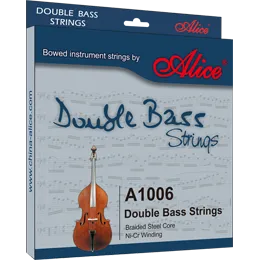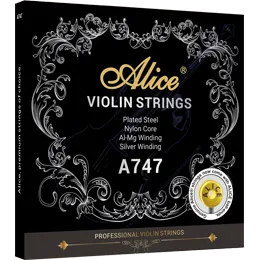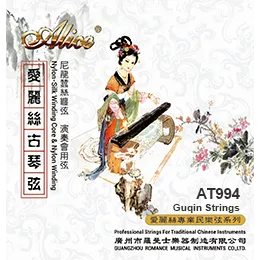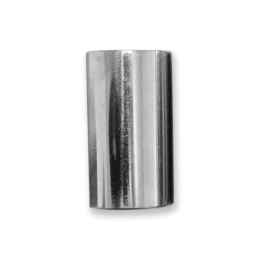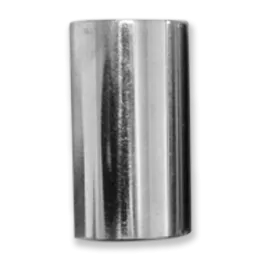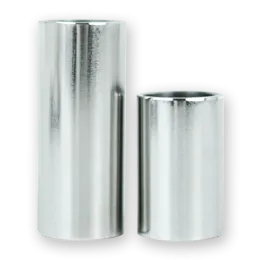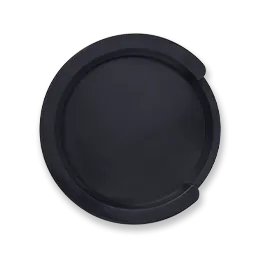Restring a Violin: All You Need to Know as a Beginner
While playing the violin, you might notice a gradual decline in tonal quality over time. This occurs as the violin strings wear out, impacting tone and responsiveness. It is essential to regularly check and restring the violin for optimal sound quality. Alice understands this need and offers high-quality violin strings. Read on to learn about when to restring a violin, how to do it, and the best violin strings from Alice.
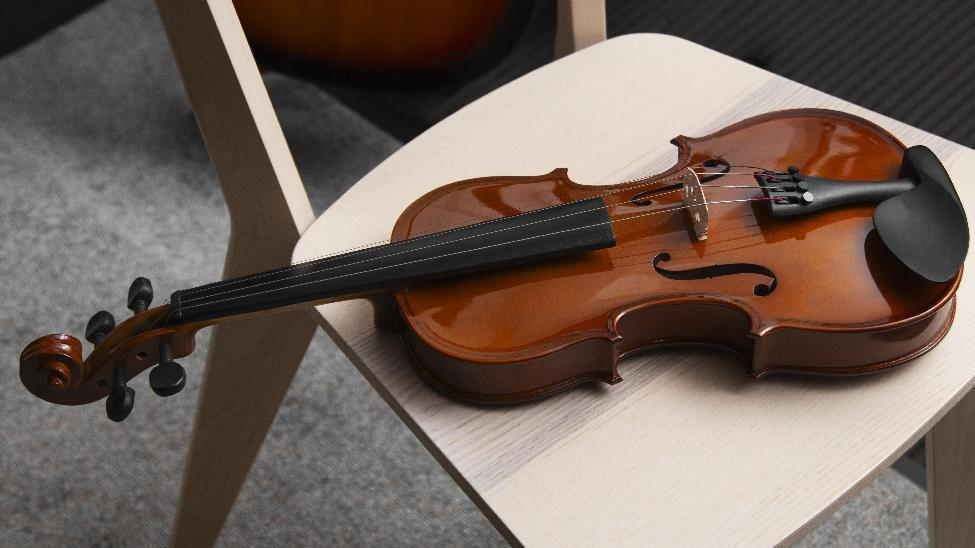
5 Signs that Indicate It's Time to Restring a Violin
Recognizing when to restring a violin is essential for optimal violin performance. The following are the 5 signs that call for restringing:
1. Service Time of over 300h
The lifespan of violin strings is contingent upon usage. Consider replacing them after surpassing 300 hours of play for a consistently smooth and enhanced playing experience.
2. Change in the Feel
You can feel the texture and flexibility of violin strings while playing. The build-up of sweat can lead to stiffness of the strings, which indicates you replace them.
3. Frequent Tuning
If you find yourself constantly tuning the strings, it may be a sign of wear, stretching, or loss of elasticity.
4. Sound Quality
As strings age, the sound quality may become dull, lack clarity, or exhibit a decrease in resonance. This indicates that it's time to restring a violin.
5. Improved Skills
As your playing skills advance, you may notice the limitation of your current strings. This calls for a need to restring your violin with advanced strings for optimized performance.
How to Restring a Violin by Yourself
It involves a step-by-step process to restring a violin by yourself. The steps include:
Step 1: Remove the Old Strings
Start by loosening the peg slowly to release the tension in the string. Pull it from the peg and remove the ball/loop end from the tailpiece. However, it should be noted that you can only remove the strings one at a time since removing them all at once may cause the soundpost to drop.
Step 2: Clean the Instrument
The next step is to clean the peg, grooves, and tailpiece. Apply a specialized compound or paste to clean and lubricate the peg. For the bridge and nut, use a pencil's lead to rub along the grooves. Furthermore, don't forget to check and clean the tailpiece to which the other string end was attached.
Step 3: Install New Strings
Start by threading the string through the peg hole and let it stick out about 2 cm. Then wind the string onto the peg and turn the peg in the clockwise direction if it is string A or E and counter-clockwise if it is string G or D. After completing the first loop, wind the rest toward the opposite end of the peg. Make sure to remove any twist in the string and insert the ball end in the tailpiece.
Step 4: Tune and Test
At this step, you'll see a slack in the string that can be reduced by tuning it. Gently hold the string with one finger, slowly move it to the relevant groove, and stretch by tightening the peg. Keep stretching until it is the tune of the right pitch that you can test by playing the note.
How to Break in New Strings?
As you restring a violin, you may notice that the new violin string set produces tones different from the old one. This is natural since every violin player needs time to break in new strings. Here are some tips that help you fasten the process:
l Gently stretch the strings several times after restringing
l Extend playing time to allow the strings to settle and stabilize
l Tune the violin regularly to maintain proper tension
Alice: Reliable Violin String Set Provider
The quality of violin strings also plays a crucial role in the restringing process. At Alice, we own a professional R&D center and high-tech string production equipment to provide reliable strings to music enthusiasts all over the world.

For reliable string solutions for your violin, you can check our A703 Violin String Set and A705 Violin String Set. They are both made of plated steel and carry a bright and elegant tone. The string core is made of steel, and the ball end is nickel-plated. They are well-suited for beginners, delivering quality violin sounds.
Conclusion
Overall, understanding when to restring a violin and how to do it is a crucial step in the musical journey of a violin player. From removing the old strings to tuning and testing, it is necessary to follow each step carefully. With the help of high-quality strings from Alice, you can make your playing more memorable. Visit our website to discover more about our violin strings and other musical accessories.
Relate News

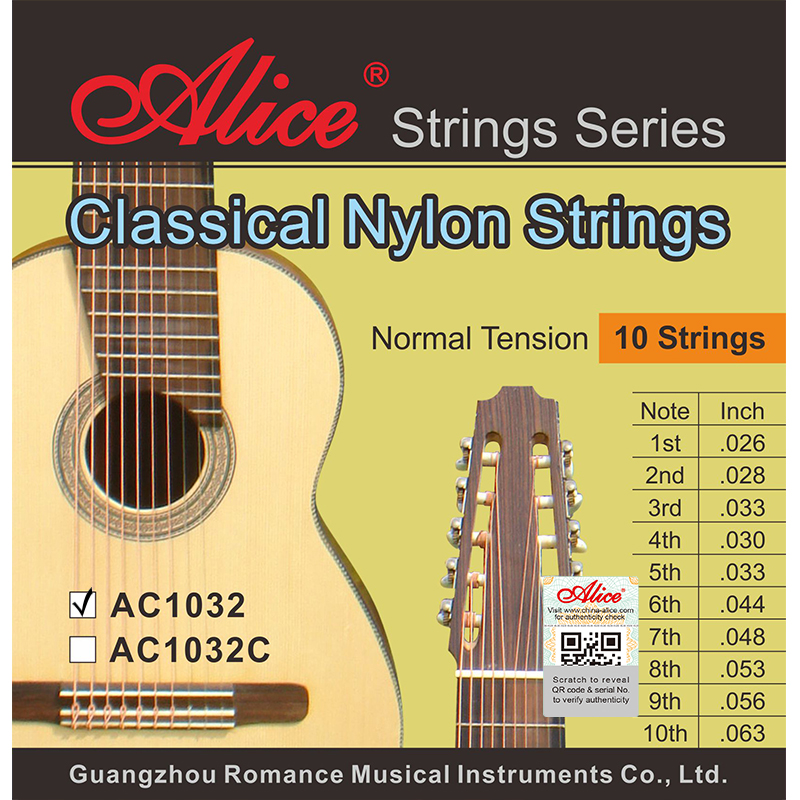
Nylon Strings for Classical Guitars: Everything You Need to Know

5 Key Indicators to Identify High-Quality Acoustic Guitar Strings
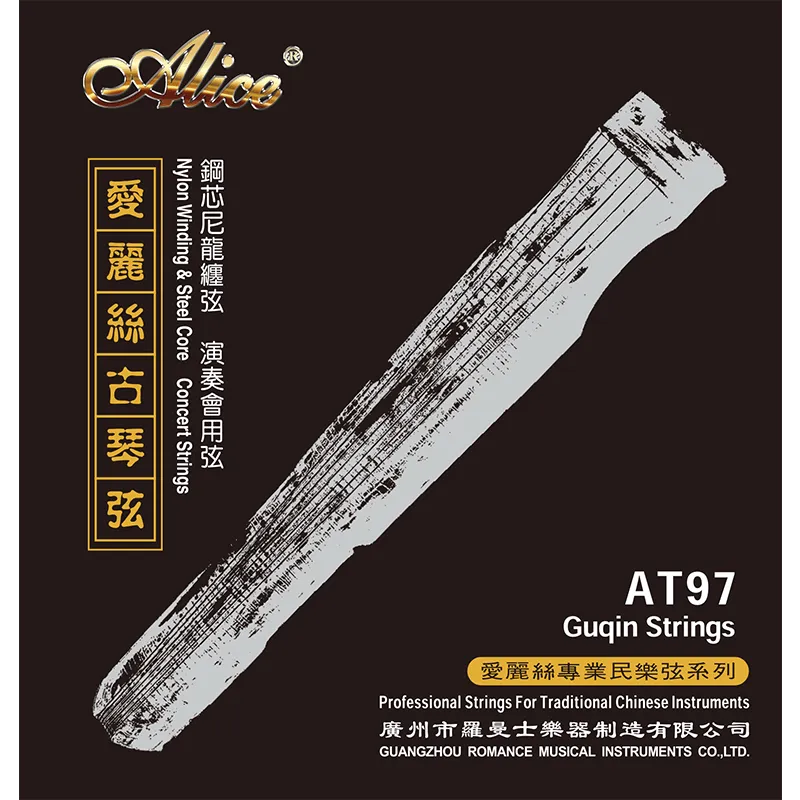
What Are Guqin Strings Made Of?

Silk Strings, Steel Strings, and Nylon Strings: Which Is Best for Your Traditional Music Performance?

Complete Guide to Guitar String Materials

Orchestral Strings Explained: A Beginner-Friendly Guide to Violin, Viola, Cello, and Double Bass

Tone Comparison of Brass Alloy, Phosphor Bronze, and Coated Guitar Strings

How to Choose the Right Guitar Strings for Your Performance: A Scenario-Based Buying Guide

OEM Guitar String Customization: A Detailed Guide to the Process
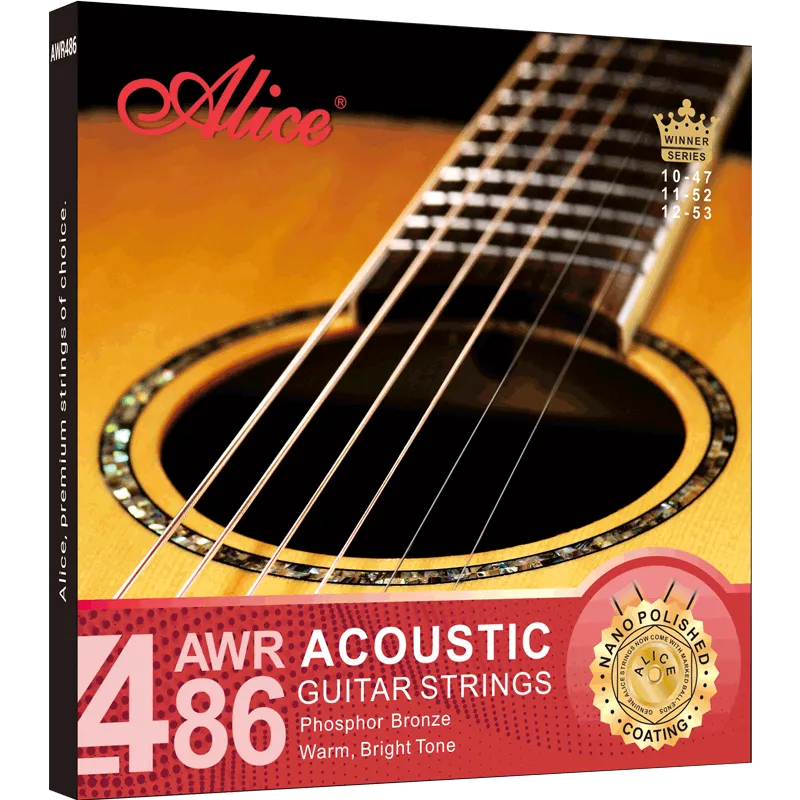
Copper Alloy vs Phosphor Bronze: Which Acoustic Guitar Strings Suit You Best?









